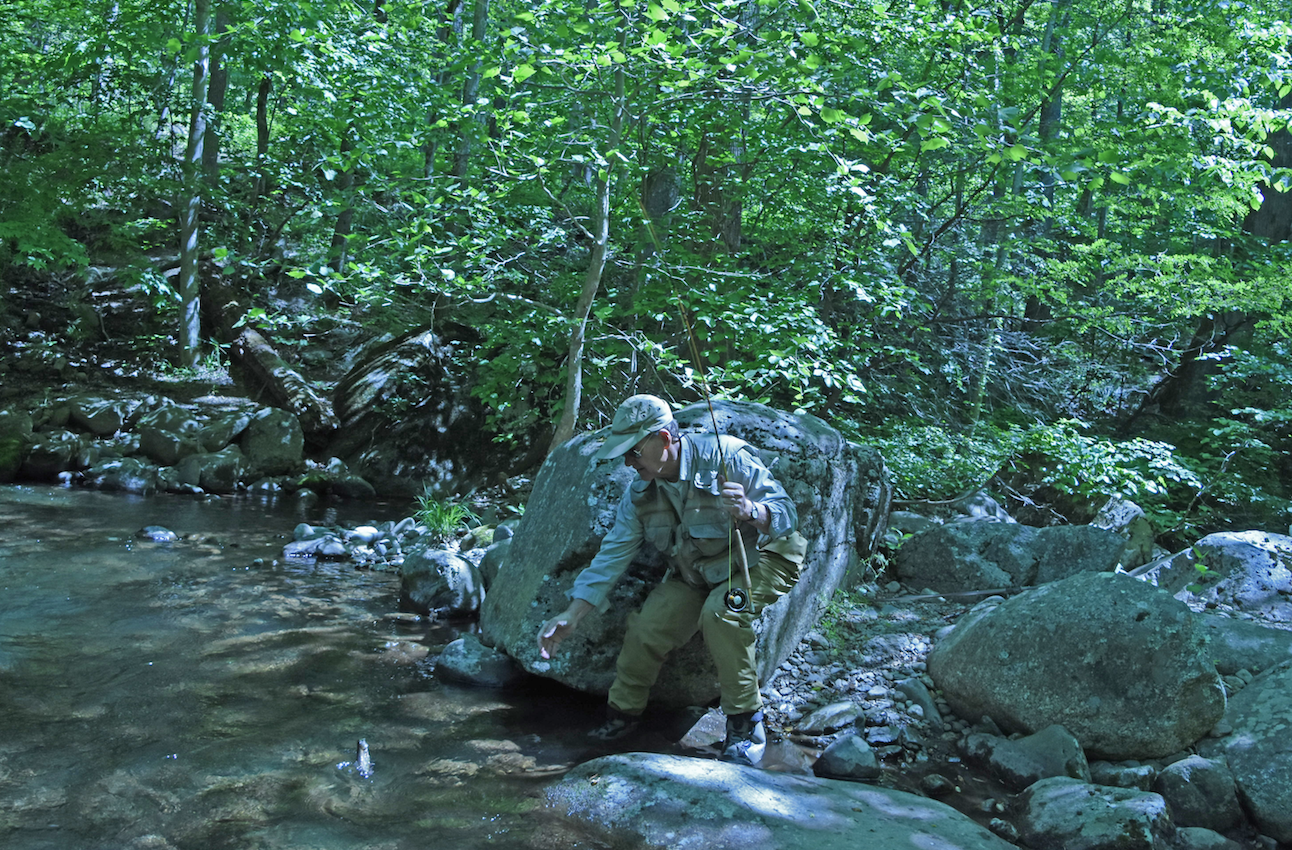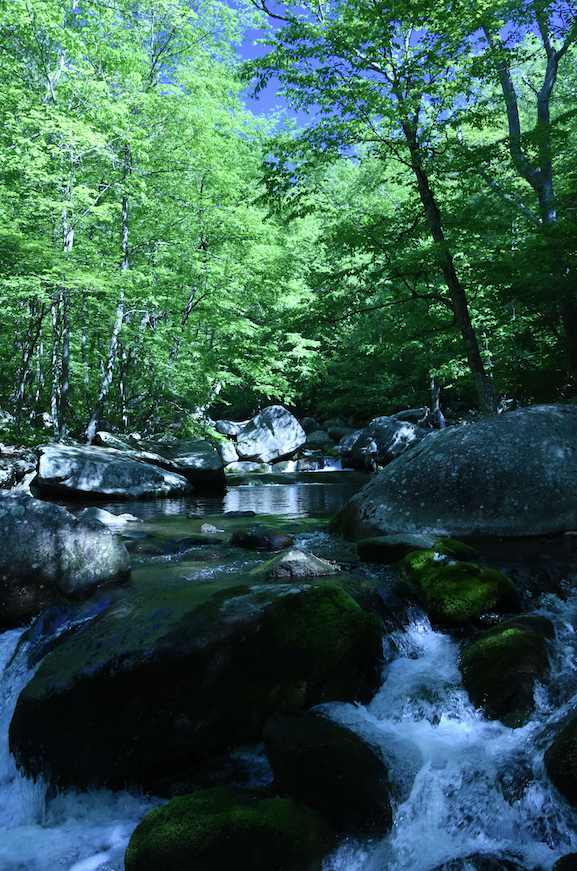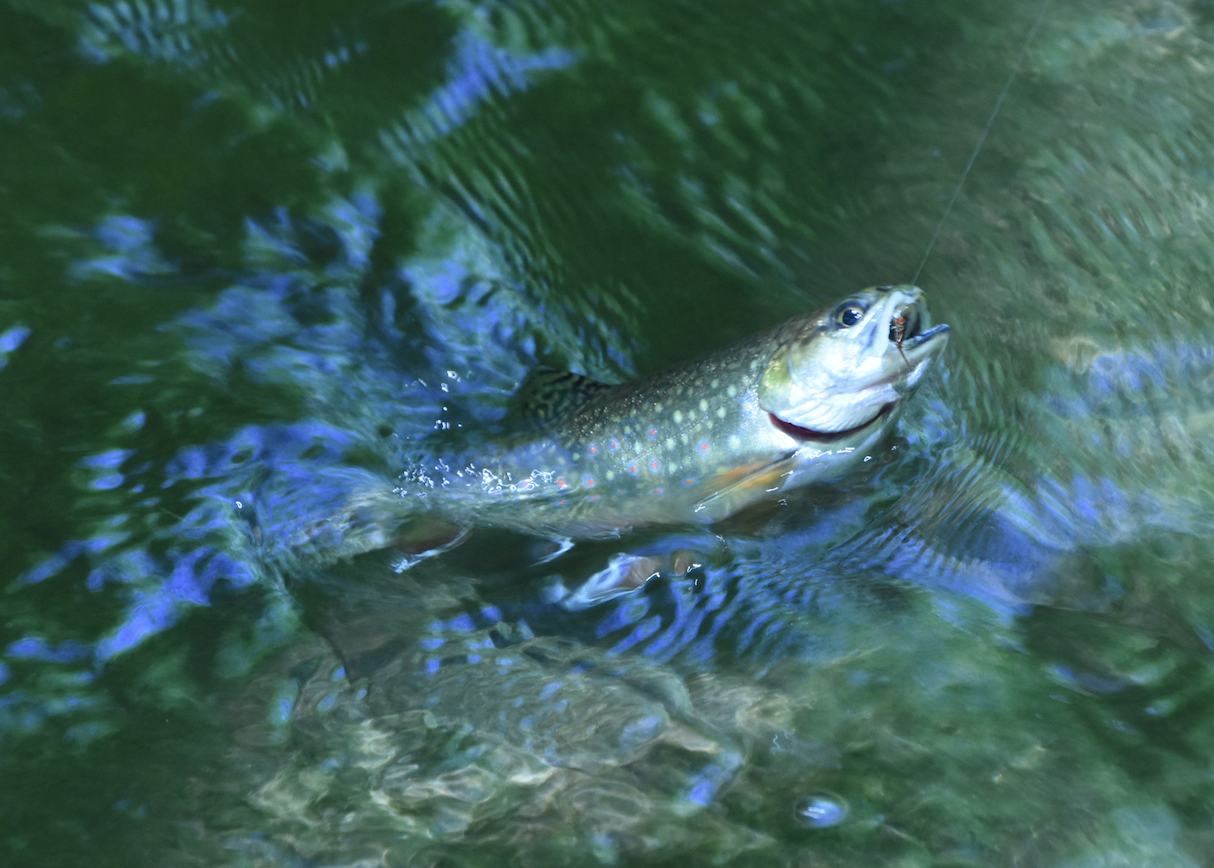Return to the Rapidan
May 21, 2021



 Fishing,SCA Articles
Fishing,SCA Articles

The Rapidan is the quintessential Blue Ridge trout stream. A patient angler can hook one in most every hold, once you let them tell you their secrets.
We all have our home rivers. For a dozen years mine was the Rapidan. Heading up in Shenandoah National Park, it either tiptoes or brawls its way down the east slope of the Blue Ridge depending on the weather.
The Rapidan was my safety valve. When I’d had it with churning out the day’s copy for books on trout streams or hunting and fishing lodges, I’d grab my bamboo rod, vest, waders and boots and make tracks for the Rapidan.
The rod itself was the source of numerous woes. When I moved to Upperville, VA, I made the mistake of buying six chances on a custom 7 1/2 foot 4 wt. bamboo fly rod. Won the damned thing. The maker’s wife chaired the local chapter of Trout Unlimited.

“Oh,” she cooed, “You’re a writer, you can do our newsletter.” Ended up chairing the Virginia TU for a couple of terms. Buying the rod outright would’ve been a whole hell of a lot less expensive.
The Rapidan is the quintessential Blue Ridge trout stream. Though it flows mainly over granites and gneisses a vein of basalt underlies the upper reaches of its headwaters. As it weathers, basalt buffers acid precip and makes the Rapidan alkaline enough to support prolific hatches.
So president Herbert Hoover could fish and escape woes of the Great Depression, president he built a compound – his Camp David – on the upper Rapidan not far downstream from the falls. By the time Shenandoah National Park was established in 1935, the river was plumb fished out.
Well aware that angling draws tourists and tourists spend money, the park service stocked the Rapidan with brookies from the Fish and Wildlife Service’s closest trout hatchery down in Erwin, Tenn. At the time, that hatchery was raising southern strain brookies. That’s why the Rapidan, more than 100 miles north of their historic native range, has perhaps the greatest populations of wild Southern Appalachian Strain Brook Trout in the South.
Most times, fishing the Rapidan is like pickin’ berries. Every eddy, every deep seam, every cleft in the rocks holds fish. A patient angler can hook one in most every hold, once you let them tell you their secrets.

I returned to the Rapidan for a morning in mid-May, eager to fish it for the first time in more than a decade. Joining me was Dan Genest, a friend for the past 20 years and a comrade in Virginia’s conservation campaigns. He was a pr guy with Dominion Energy and I, VCTU chair. Dom employees and TUers worked together building handicapped piers on several Va. trout streams.
There’s nothing like a brookie’s splashy surface take, but nada was hatching. What to use? My typical prospecting rig for non-rising trout is a #14 parachute Adams with a #16 bead head pheasant tail dropper. This morning, no takers.
Dawned on me that trout were deep. To get down to ’em, I tied on a #16 bead-head Prince nymph with a trailing #18 pheasant tail. First cast, bingo, a lovely 7-inch brookie. Could have kept fishing, but why test perfection?
My return to the Rapidan – with a great friend, lovely weather, beautiful fish hooked just the way I knew it would with a rod carrying so many memories in its bamboo grain – how could that be possibly improved?
